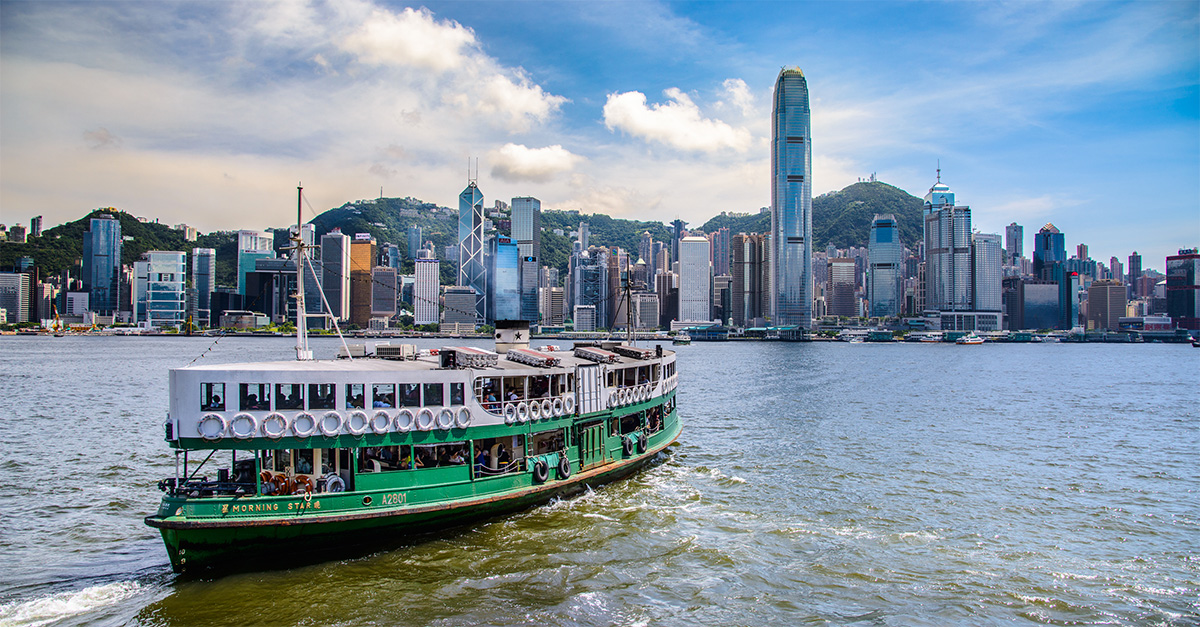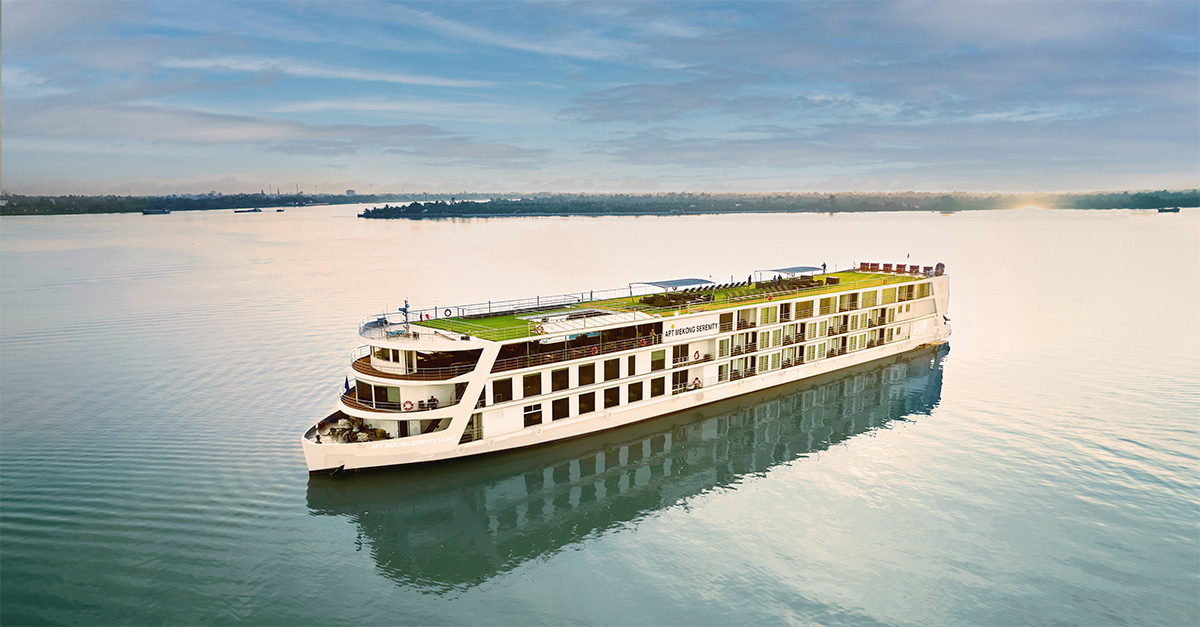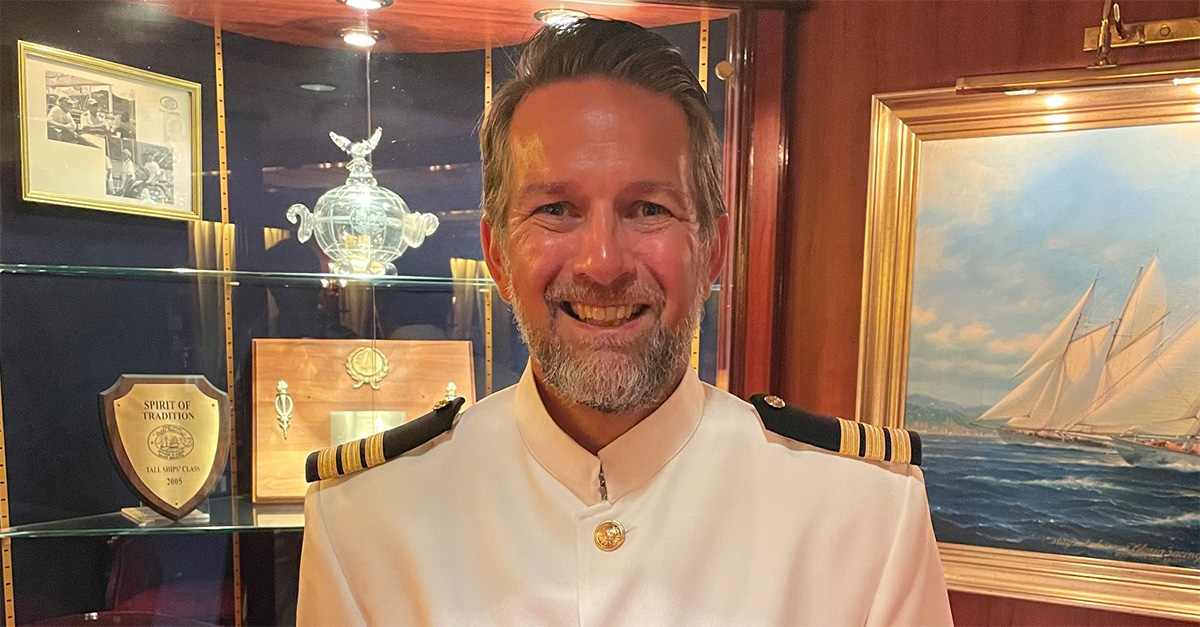As Berlin marks 25 years since the fall of the wall, Katie McGonagle finds out what’s changed
Like this and want more details? Click here to download and save as a PDF.
“It was like going from a colour movie back into black and white,” says my guide Sabine, reflecting on her childhood adventure across the wall into East Germany. “Everything was grey and rundown, and every building was the same as the next.”
Yet as we wander the streets of Berlin, a quarter of a century since the dismantling of the wall that split this city – and by extension, the world – in two, I find it hard to tell which was west and which was east.
The occasional remnant of Soviet-style architecture offers an odd clue, but save for the long line of cobblestones marking where the wall once was, it seems the physical scars of Berlin’s division are beginning to fade, even if the memories remain just below the surface.
While Berliners have made every effort to preserve the history of the wall, there’s also an almost palpable desire to move on from that divided past and tap into the energy of this youthful and vibrant city.
Take Mauerpark on the edge of trendy Prenzlauer Berg. This was once the Death Strip, a heavily guarded no-man’s-land separating east and west; these days, it’s buzzing with Sunday karaoke sessions, a quirky flea market and a 300m stretch of that same wall transformed into a canvas for local graffiti artists.
As someone old enough to remember the fall of the wall but too young at the time to understand what it really meant, I set off to satisfy my curiosity – and Berlin did not disappoint.
Living history
Some kind of wall-themed tour is a must. Berlin on Bike offers an excellent introduction with its two English-speaking tours, Berlin’s Best and the Berlin Wall Tour (both 10 miles, 3.5 hours, €19), which run on alternate days.
Fred Holidays head of sales Lawrence Peachey also recommends the pre-bookable Cold War Berlin Tour, a four hour guided visit to border fortifications, guard towers and tank traps along the course of the wall (from £21).
Once visitors have a grasp on the basics, the next logical stop is Checkpoint Charlie, the best-known crossing point and site of the infamous face-off between American and Soviet tanks in 1961. Museum Haus am Checkpoint Charlie is a long-established exhibition and, although somewhat dated and text-heavy, its collection of artefacts – including the reinforced car one family used to break through the wall, and the car with a petrol tank adapted to conceal an escapee – remains worthwhile (€12.50).
More interesting, though, is the BlackBox just across the road. This modern museum puts Berlin in a wider Cold War context, looking at conflicts in Vietnam, Afghanistan and Ethiopia, and using a mix of magazines, posters and video footage to tell the story (€5).
Across the divide
The real tragedy of the wall lay in families split apart – 13 married couples found themselves on opposite sides when the wall was erected overnight on August 13, 1961, along with countless grandparents, brothers and sisters, and even parents and children.
Illustrating the lengths to which some went to be reunited with their loved ones, Berliner Unterwelten’s Under the Berlin Wall tour takes visitors below ground to learn about escape attempts through train tunnels, sewers and secret tunnels. The tour is peppered with anecdotes and photos, helping to put human faces to the history of the wall, and proceeds go towards the research organisation working to preserve these spaces (two hours, €13).
Real-life stories also take centre stage at the evocatively-named Palace of Tears, the border crossing at Friedrichstrasse station where West Berliners could cross into East Germany to visit friends or relatives, but had to bid them a tearful goodbye as they returned to the west. The airy atmosphere in this steel-and-glass building makes it hard to imagine its notorious queues and interrogation by border guards, but the free exhibition uses TV footage and interviews to recount family histories on both sides.
While other museums focus on attempts to escape the confines of East Germany, the DDR Museum takes a different tack. Bringing together everyday objects – toys, books, clothes and foodstuffs – it looks at day-to-day life in East Germany. There’s even a replica of a typical house, plus an iconic Trabant car (€6).
If clients fancy getting behind the wheel for real, Osprey Holidays recommends pre-booking a fun Trabi Safari, where visitors drive vintage Trabants in convoy through the city, listening to commentary from their guide via the car radio (from £35).

City sights
While the November anniversary might prompt clients to focus on the wall, remind them there’s an entire city to discover, and one of the best introductions is a boat trip along the River Spree. One-hour cruises depart every half-hour from the Nikolai Quarter, opposite Berlin Cathedral, passing Museum Island, the Reichstag, House of World Cultures and the Tiergarten. If clients want low-effort sightseeing, this is a way to tick off plenty of places and top up a tan in the process (€12.50).
The tour finishes just moments from Museum Island, a collection of five museums built between 1830 and 1930 on an island in the river. The classical columns still bear bullet holes from the Second World War, but inside their doors lie collections of art and historical artefacts as fine as any in the world.
Short on time, I opted for the Pergamon Museum, and was astounded by the sheer scale of its displays: the brightly-coloured Babylonian Ishtar Gate, the towering Market Gate of Miletus, and the museum’s namesake the Pergamon Altar, so big it fills a cavernous hall (€12, free with Museum Pass). The altar closes for a five-year restoration later this month, but sections will stay on show at a temporary exhibit.
New developments are also under way just across the Unter den Linden boulevard: I’d wondered what the funny-shaped structure of the Humboldt Box might be, and when curiosity finally got the better of me, I wandered in to find a tantalising preview of the rebuilding of the City Palace or Humboldtforum, set to open in 2019.
Partially damaged in the Second World War, the centuries-old royal residence was torn down by the East German government in 1950; it was later replaced by the Palace of the Republic, but when this was found to be riddled with asbestos, it too was demolished.
Now, work is under way to build a new cultural centre, recreating the facades of the original palace on three sides, but with a modern interior housing a museum of ethnography and art. In the meantime, the temporary structure of the Humboldt Box offers great views from its fifth-floor terrace over the Lustgarten below (entry €3).
Go west
Fancy a bit of daylight after all those museums? The sprawling green lung of the city, the Tiergarten, was once a hunting ground for the nobility – they would travel from the palace up Unter den Linden and through the magnificent Brandenburg Gate – but this park now makes a pleasant spot for a stroll.
At its western end, the Zoological Garden and Aquarium also offer an opportunity for light relief – posing by the kitsch Elephant Gate is excuse enough for a visit – as does a spot of retail therapy in the swish Bikini Berlin mall. It’s well-stocked with big brands, but the pop-up shops on its ground floor rotate between local designers every few months.
Supermarket, the top-floor restaurant-cum-art gallery, is a delightful fusion of top-notch food and cutting-edge design that wouldn’t look out of place in London’s Shoreditch – provided you can ignore the somewhat pretentious labelling of itself as a ‘concept store’.
For something more traditional, Berlin’s big department stores lie just a stone’s throw from here, including KaDeWe, said to be the largest in continental Europe. It’s not the size that makes it so important though: its Jewish owners were forced by Nazi law to relinquish their stake in the 1930s, and the store was almost completely destroyed in 1943 by an American bomber plane.
But its rebuilding in the 1950s was celebrated as a sign of West Berlin’s growing economic recovery, a stark contrast to hard times in the East. These days, though, it’s super-stylish, home to a gastronomic feast of gourmet flavours in its top-floor food hall, and proof that Berlin is moving with the times.
Sample product
Osprey Holidays offers three nights’ B&B in the three-star Hotel Am Spittelmarkt in Berlin, from £222, flying from Gatwick to Berlin Schonefeld on September 28. Private transfers can be added for £56.
ospreyholidays.com/travel-agents
Fred Holidays can arrange three nights’ B&B in the four star Ivbergs Premium Hotel, with flights from London, from £269.
fredholidays.co.uk
Riviera Travel offers a four day Berlin city tour for £419. The price includes flights from eight UK airports, transfers, four-star B&B accommodation, and excursions including a guided city tour and visit to Potsdam.
rivieratravel.co.uk




